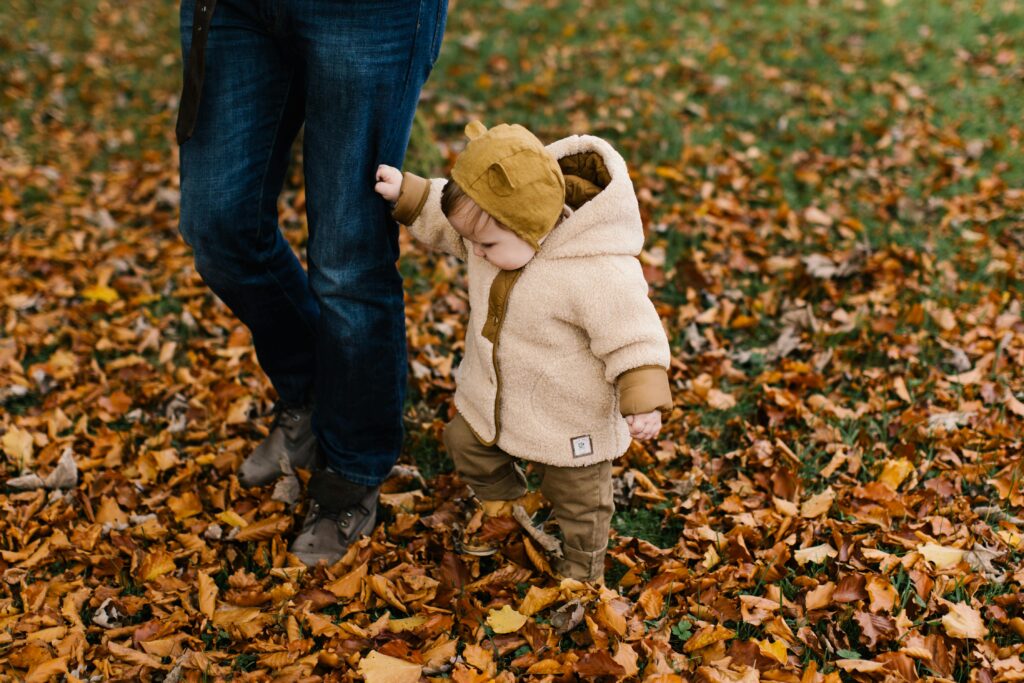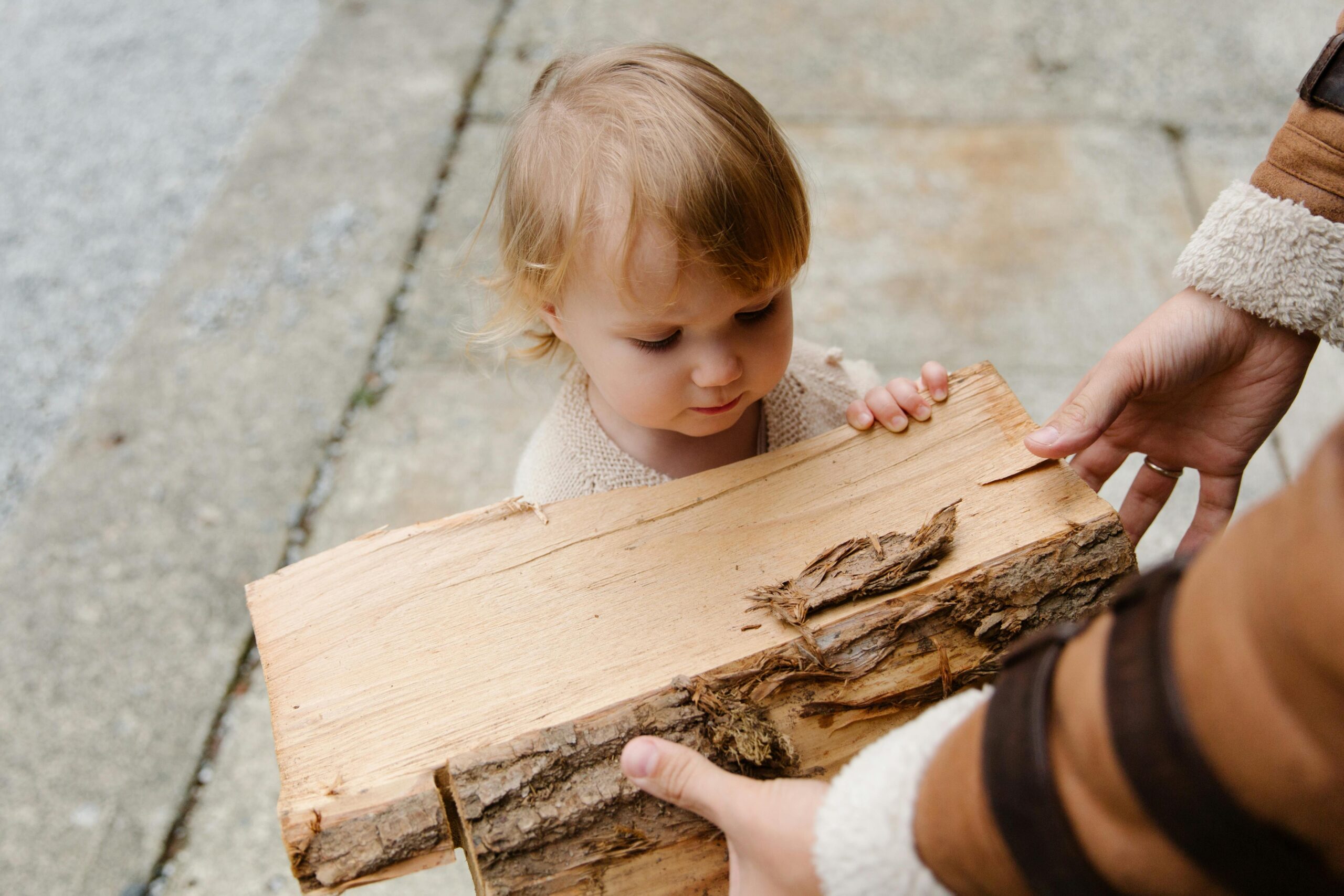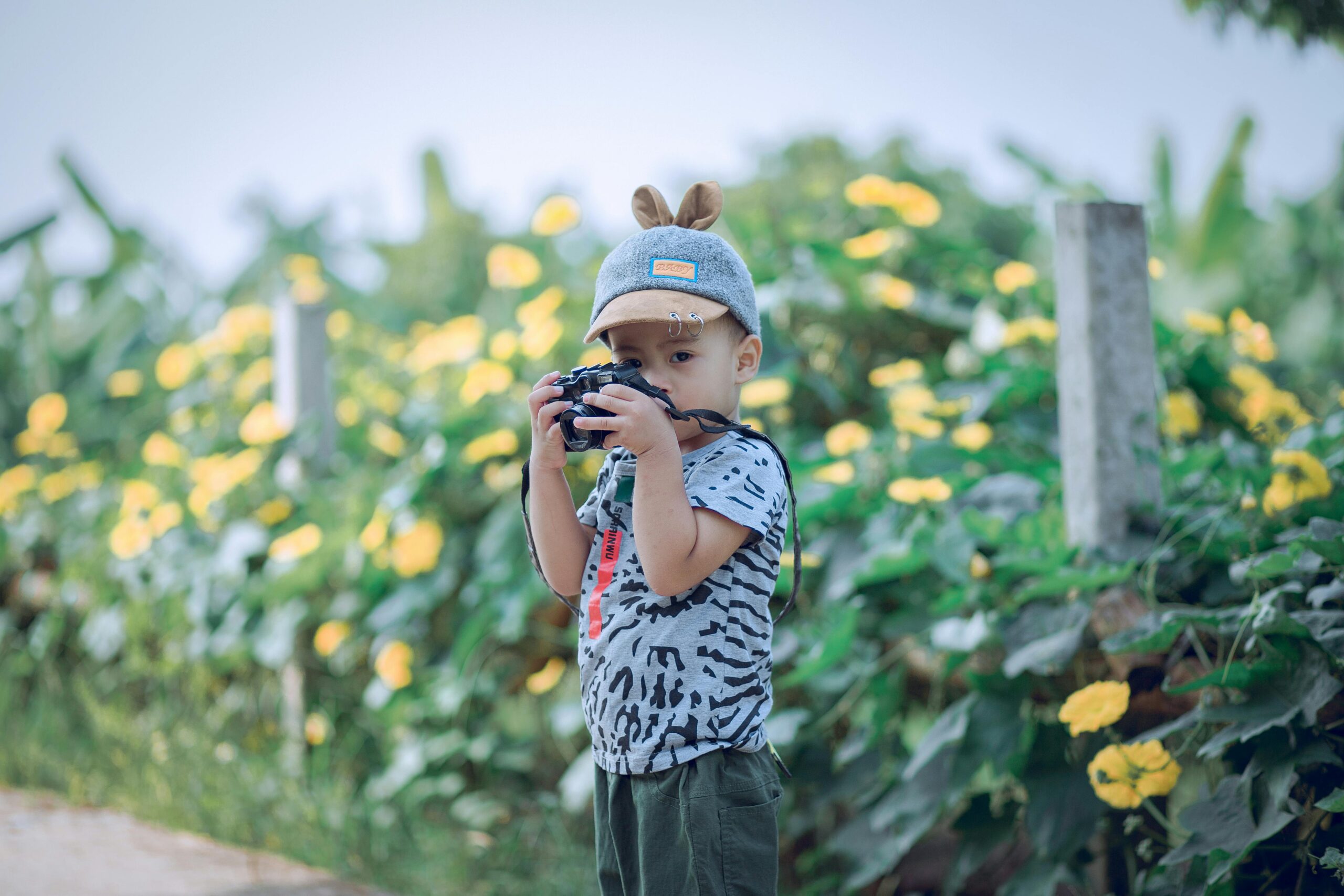Inside the Sensory World, Environments That Help Children Thrive

In the Early Years, every child is discovering who they are and how they learn. Some children may be curious explorers, others quiet observers. Some may need extra time, sensory support, or communication tools to help them thrive. Our role as early years practitioners is to create environments where all children feel safe, valued, and able to learn in their own way.
Sensory processing is one of the vital roles in how young children explore, communicate, and learn. By recognising and responding to individual sensory needs, we can create inclusive environments where every child feels safe, understood, and able to thrive.
What is Sensory Processing and why can it cause difficulties?
Sensory processing is how our brain takes in information and makes sense of it. Including what we see hear, touch, taste smell and how we move:
It helps us:
- Know when something is too loud or too quiet
- Feel if something is soft, tickly or itchy.
- Balance when we walk or run
- Stay calm or alert depending on what’s happening around us.


For most children, the development of their sensory processing occurs as part of their typical development and they learn to respond appropriately to sounds, smells, and movement. We all have some sensory processing differences. For example, some of us like very strong tastes and smells and others avoid them. As long as we can manage to take part in the things we want and need to do, sensory processing differences don’t matter.
For some children, their sensory development is delayed or disordered, and they struggle to take part in everyday childhood activities. For example, they are so distressed by noise they can’t go to a friend’s party, or they hit out when someone brushes up against them as they experience it as painful. This is often the reaction, and a response that occurs in the form of movement, expression and or behaviour.
It is important to recognise that children are still developing and are still exploring their sensory world and preferences.
Sometimes, a child’s brain might find it hard to manage all this sensory information. This can lead to:
- Over-sensitivity: Everyday things like bright lights, noisy rooms, or certain clothes might feel too much.
- Under-sensitivity: Your child might not notice when they’re messy, bump into things, or seek strong movement like jumping or spinning. These challenges can affect:
- How your child plays and learns
- How they manage emotions
- How they interact with others.
To support children with these differences it is important that this is reflected within the environment we provide. As practitioners we can make simple adaptations that can be included in daily routines and the environment.


